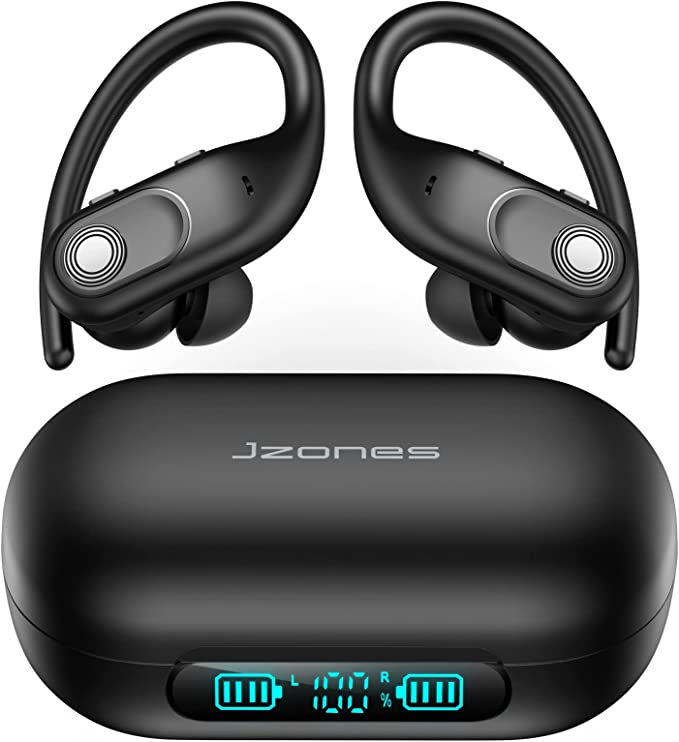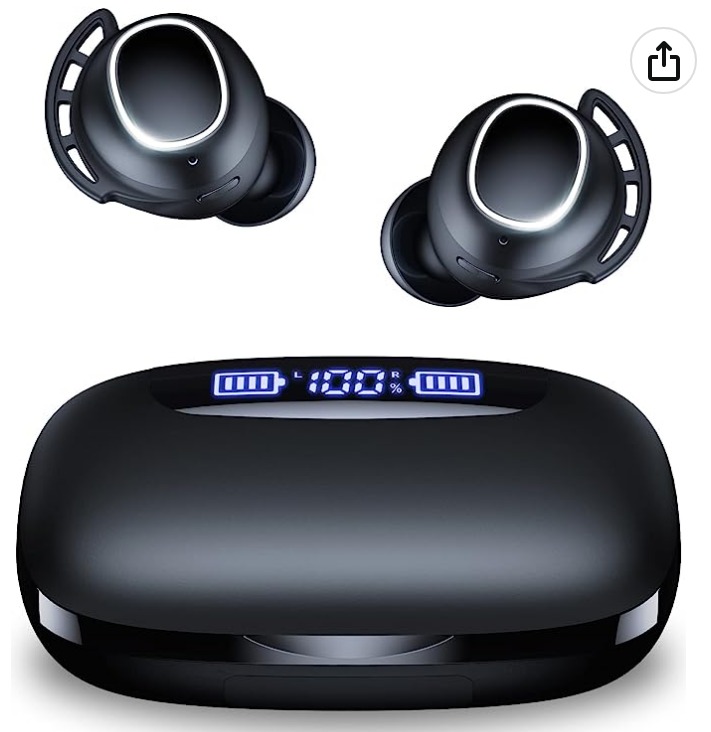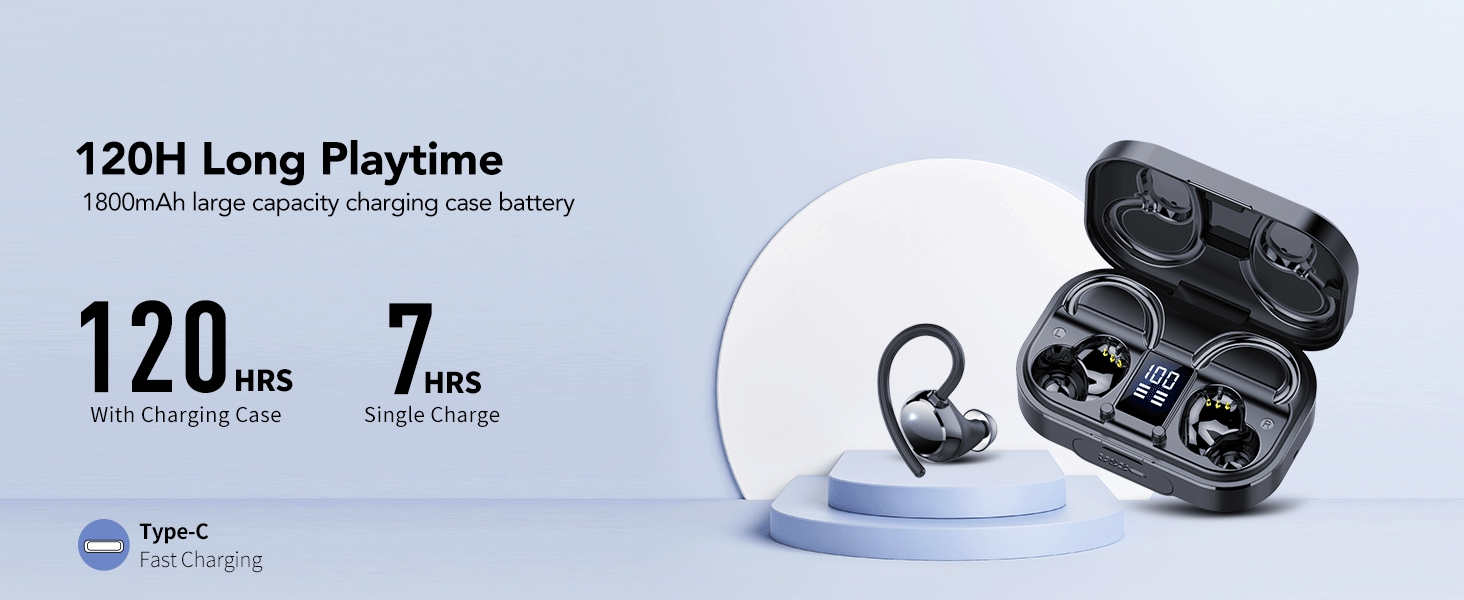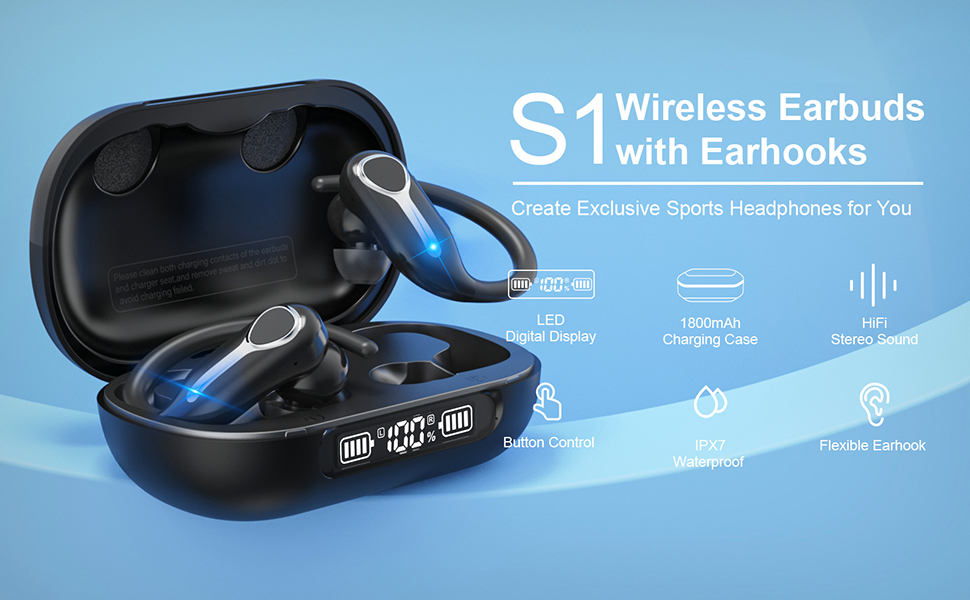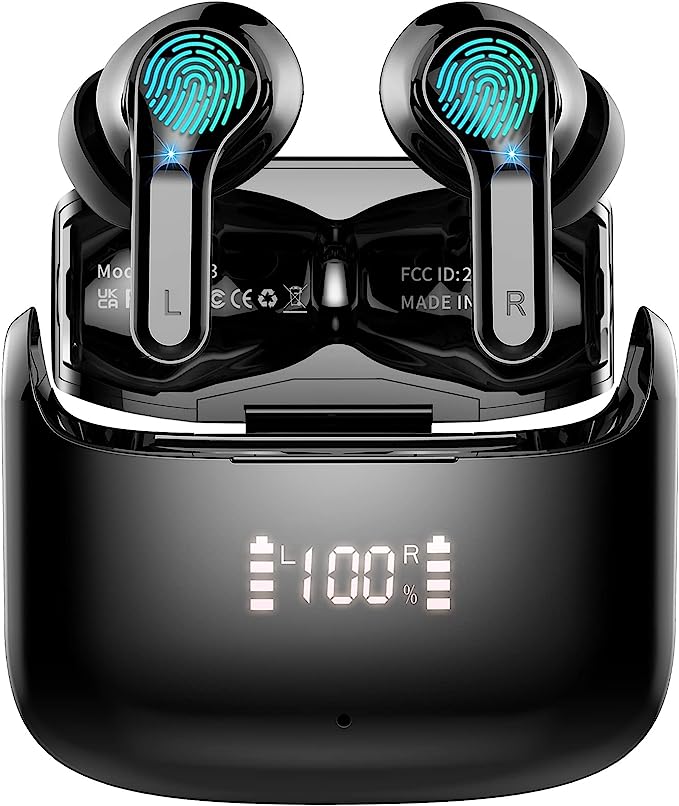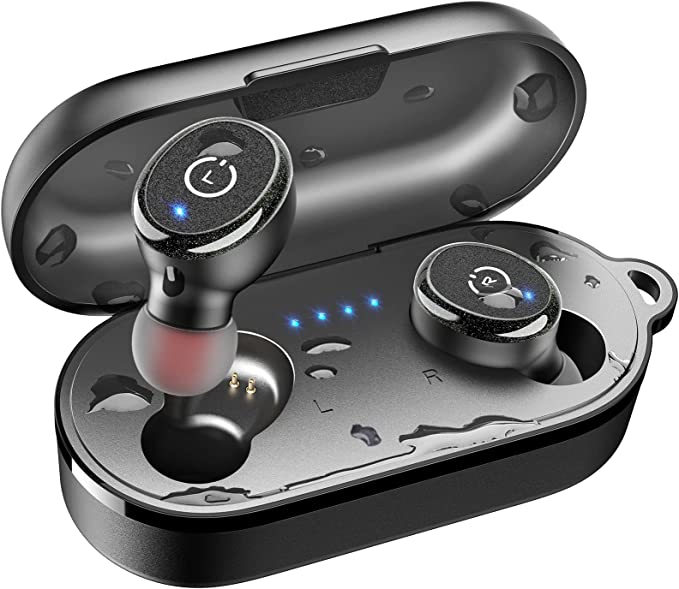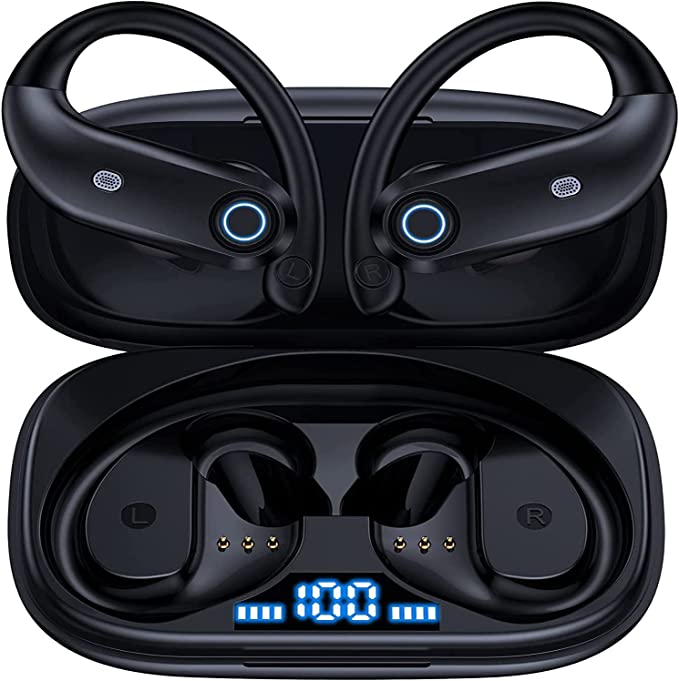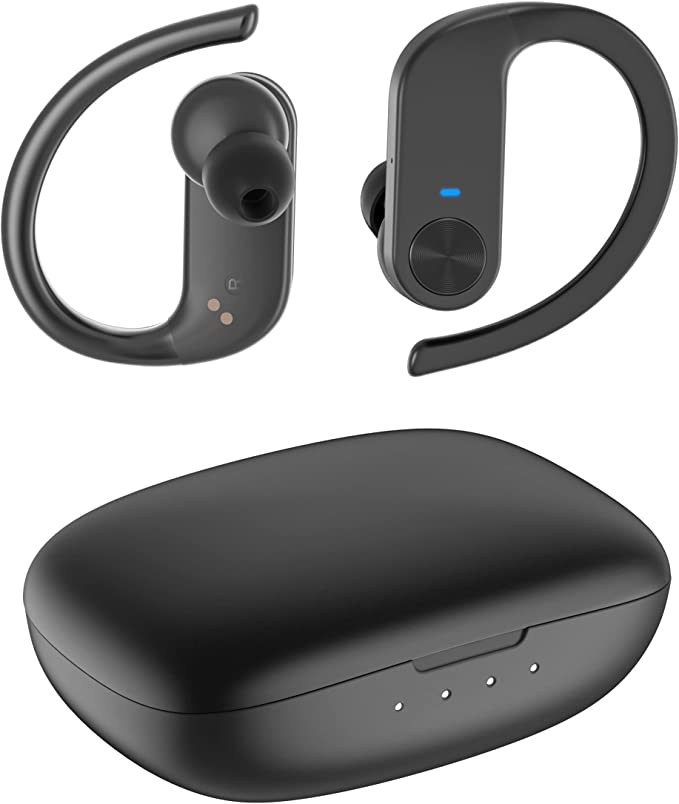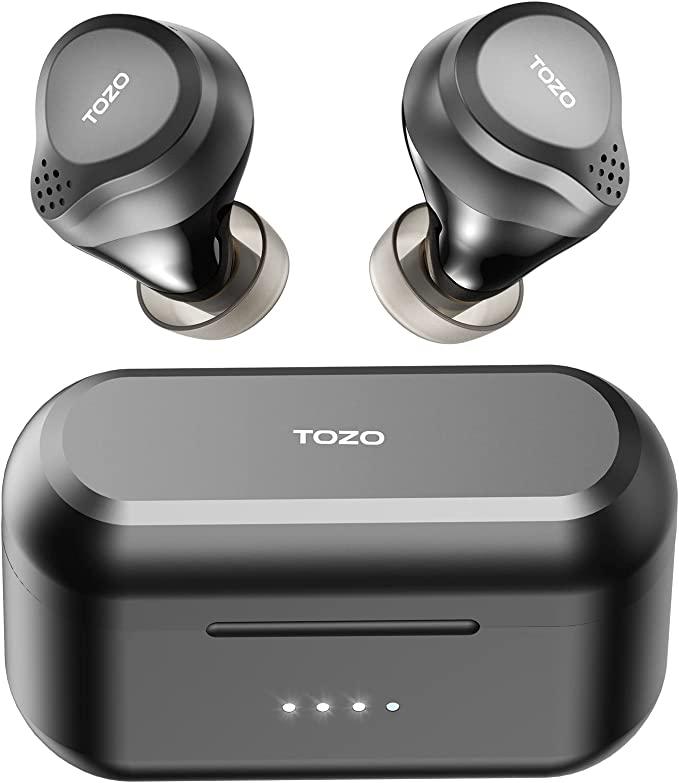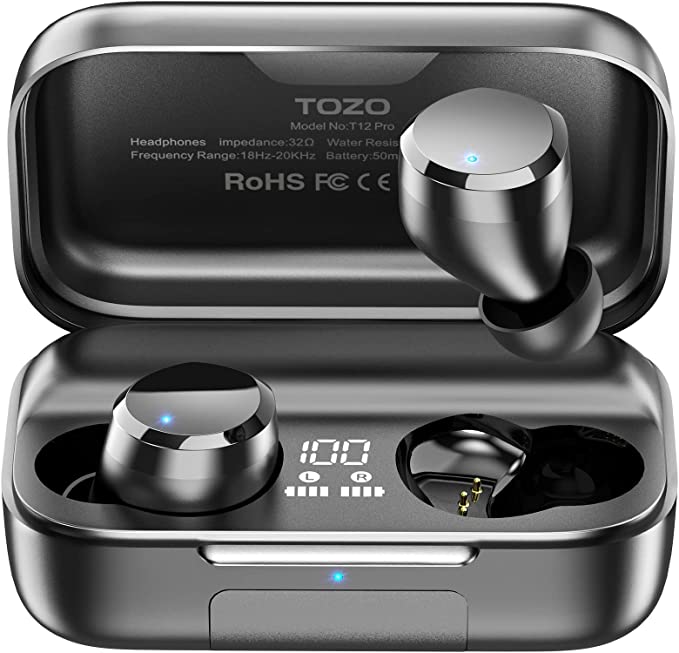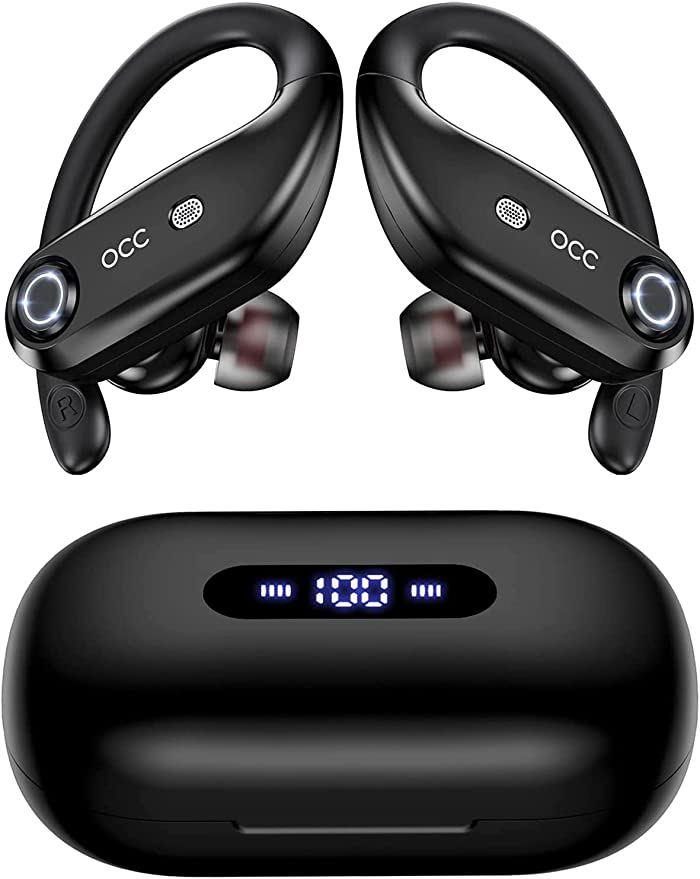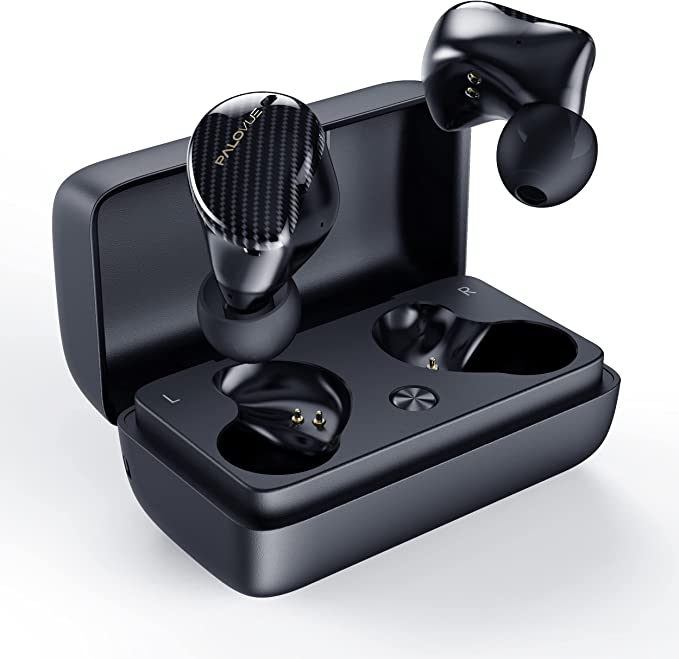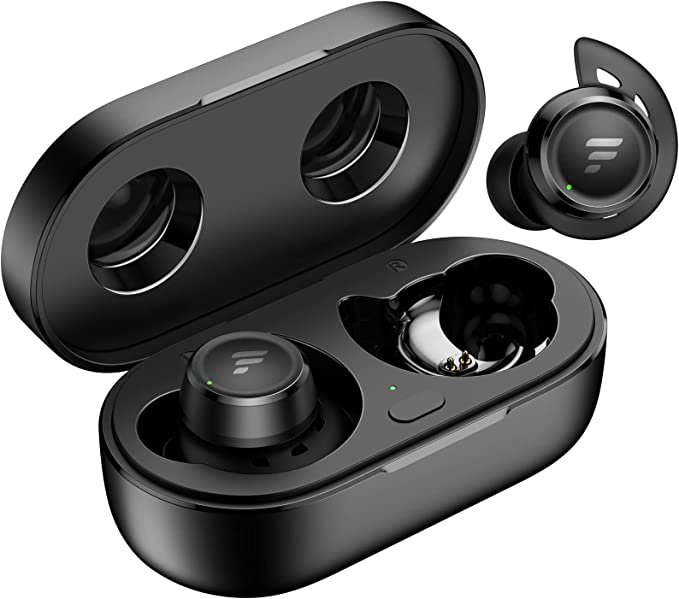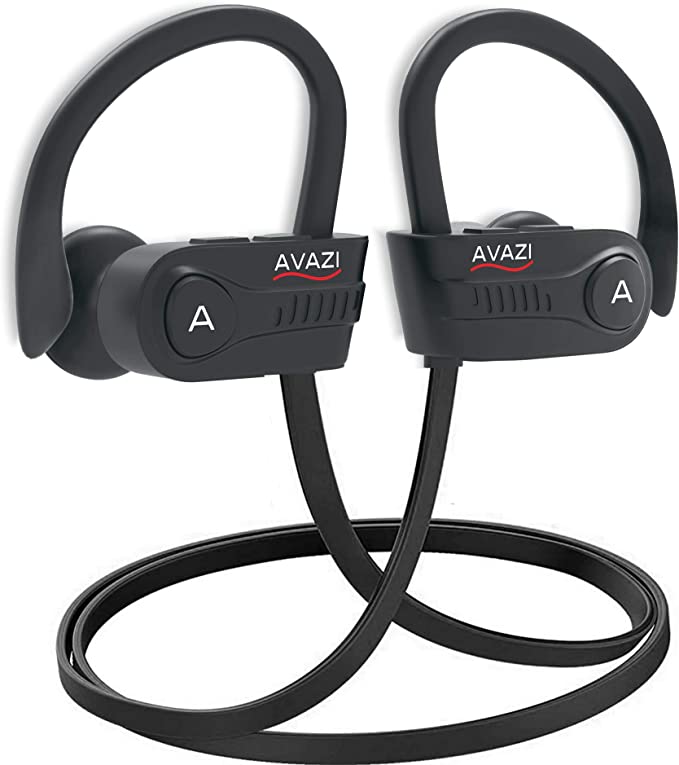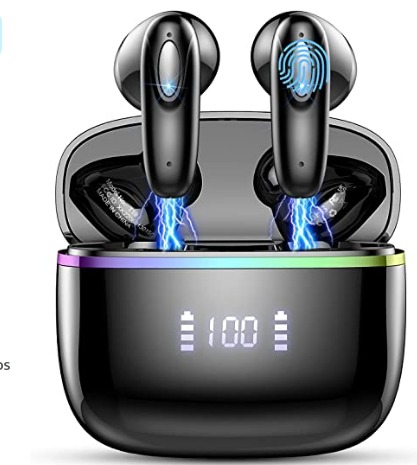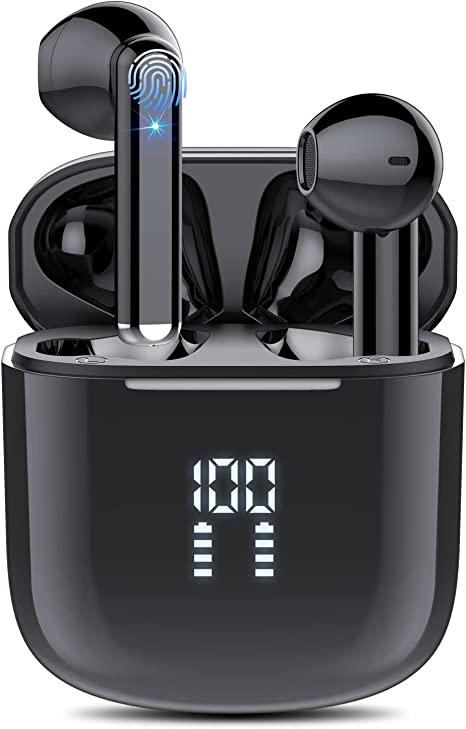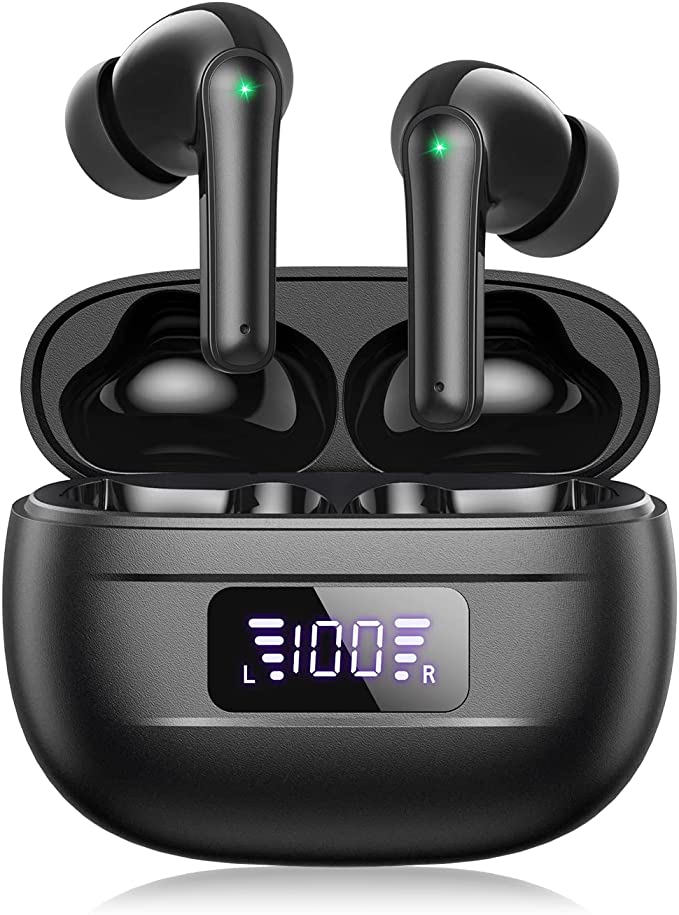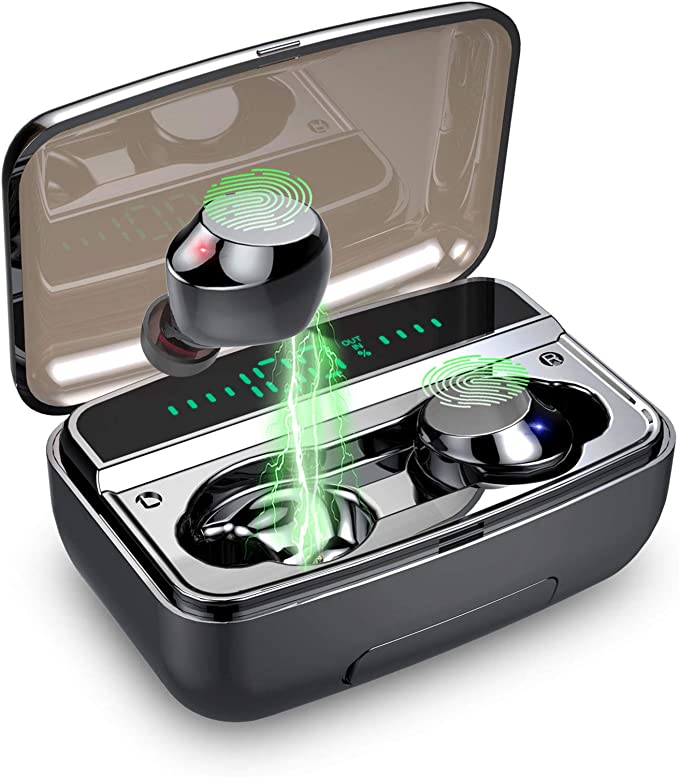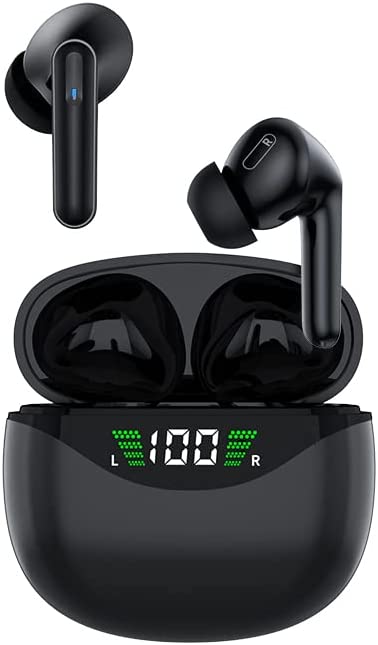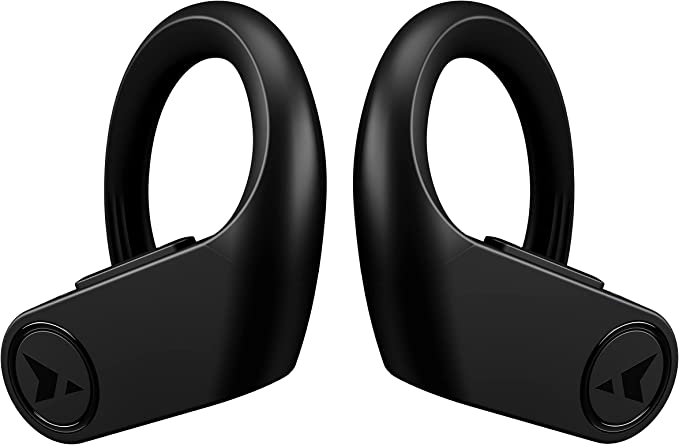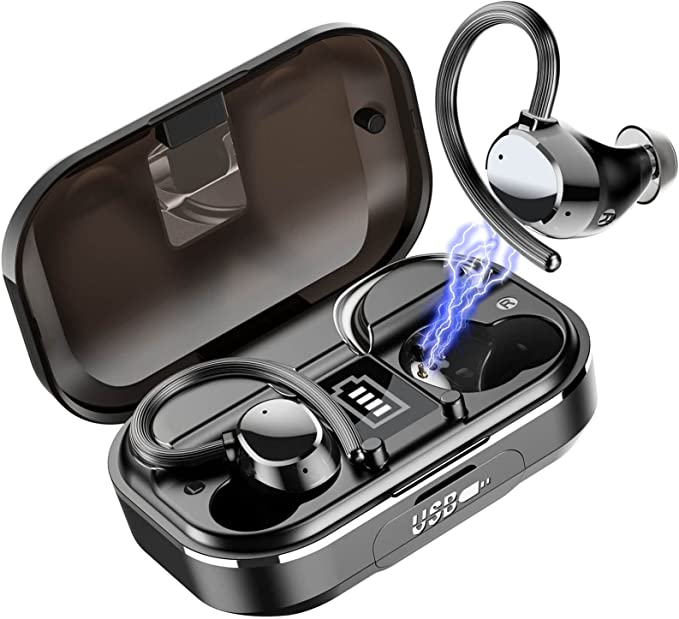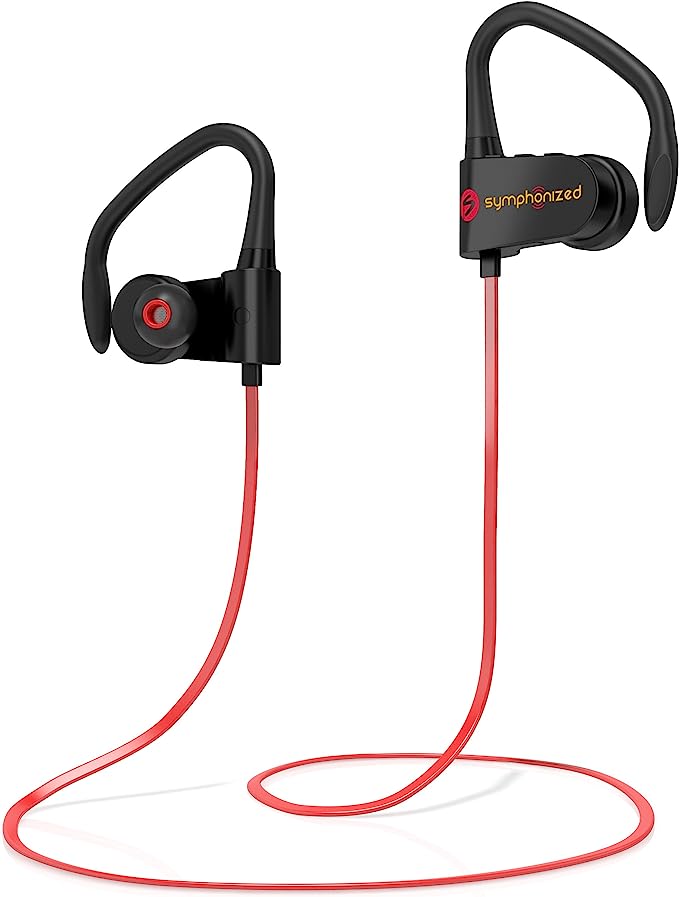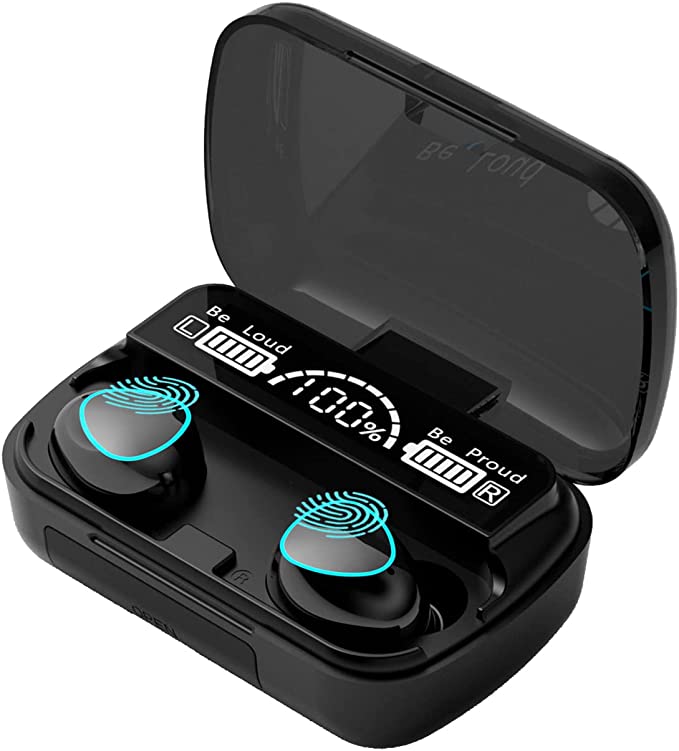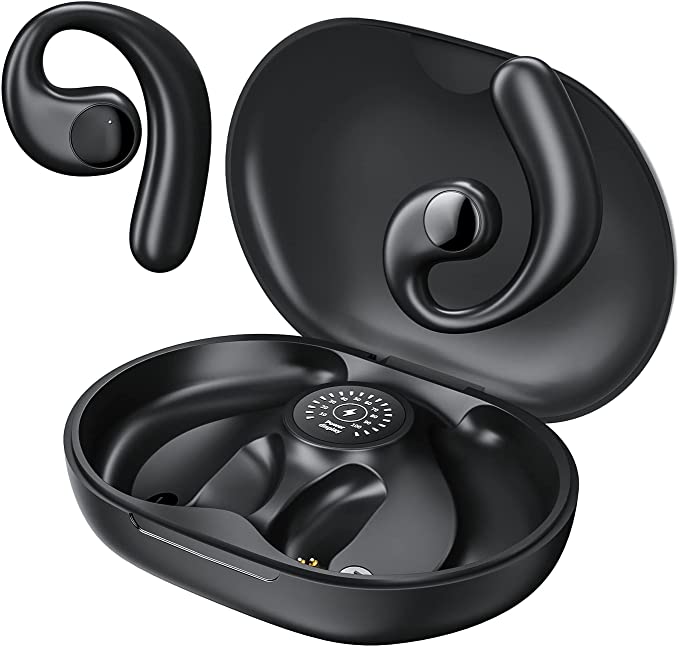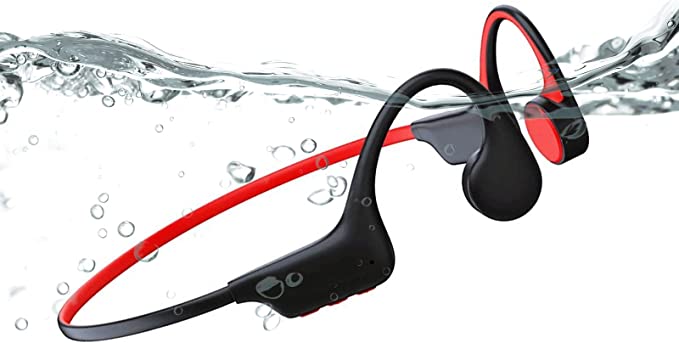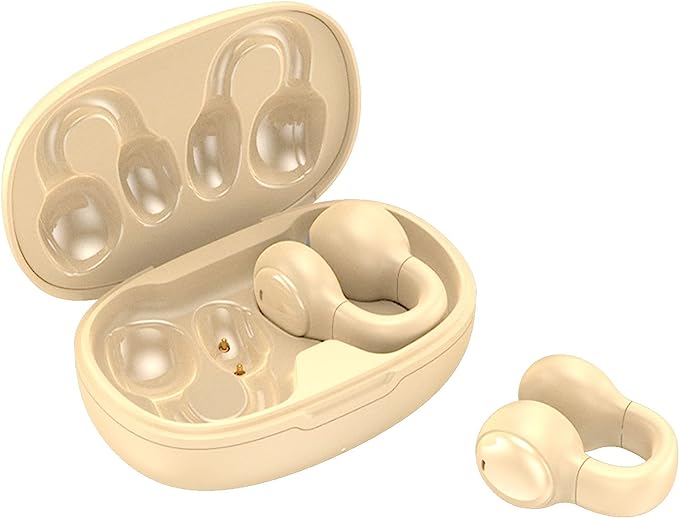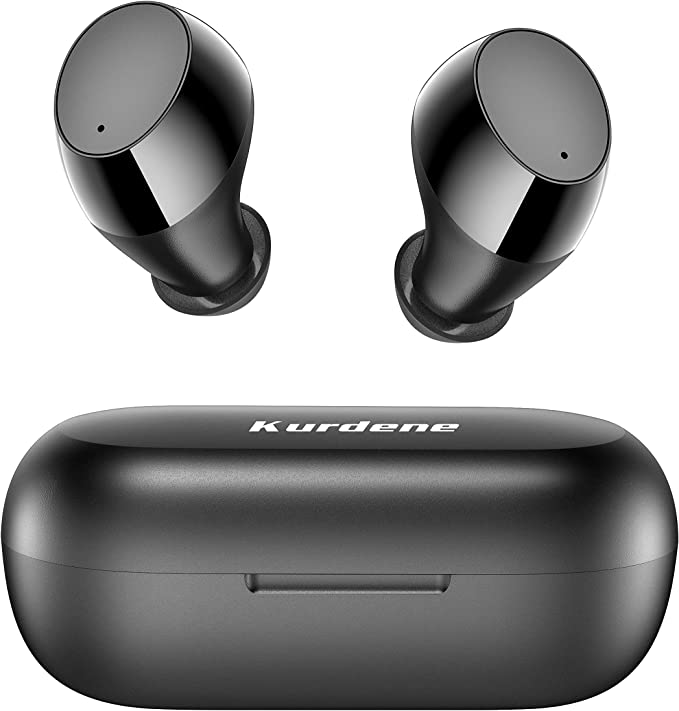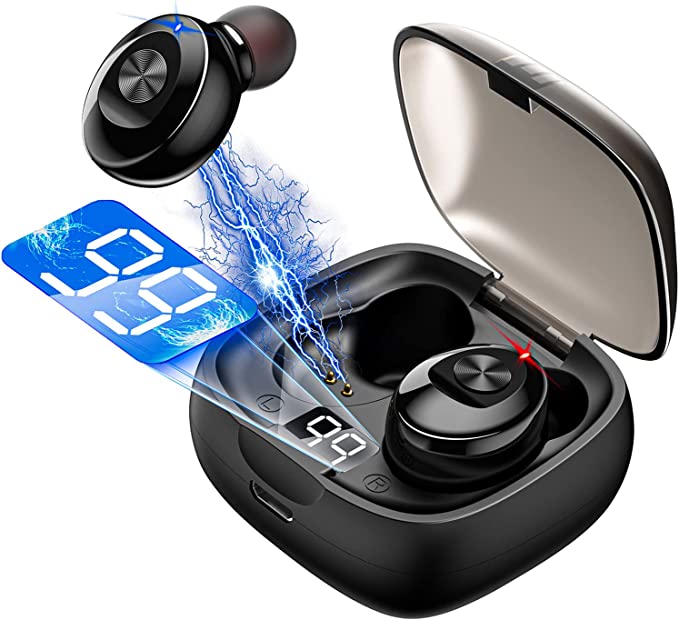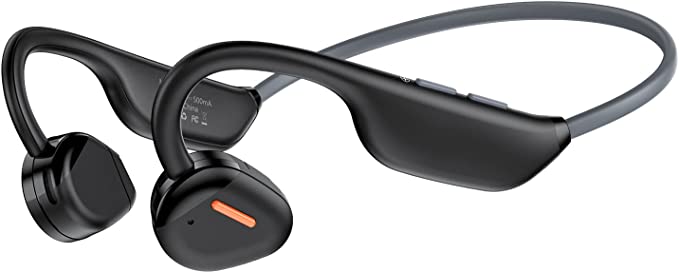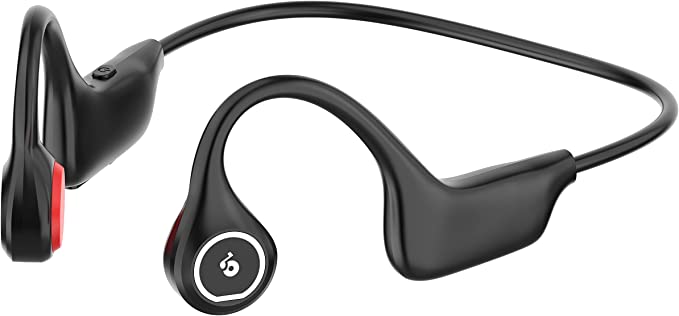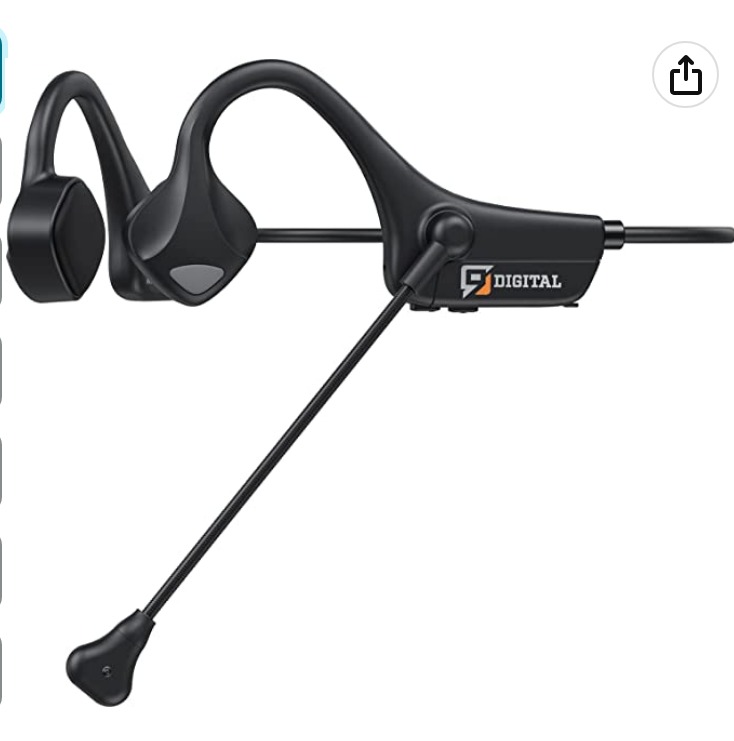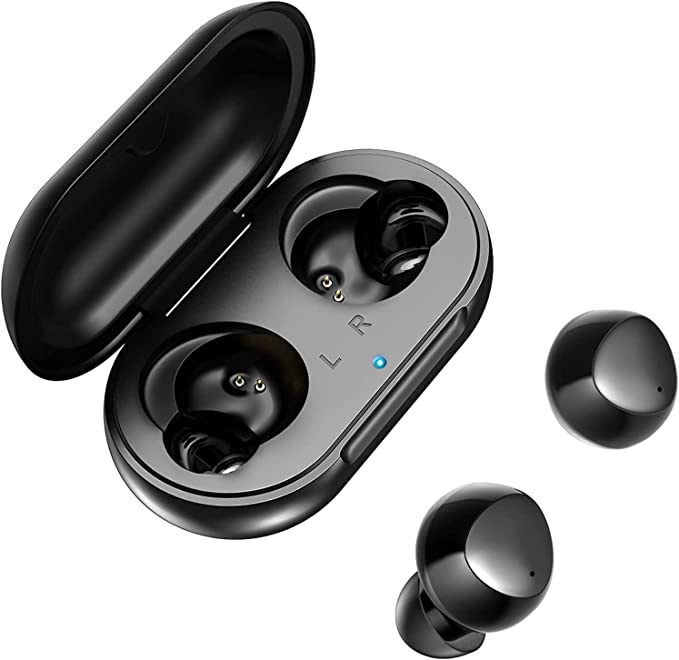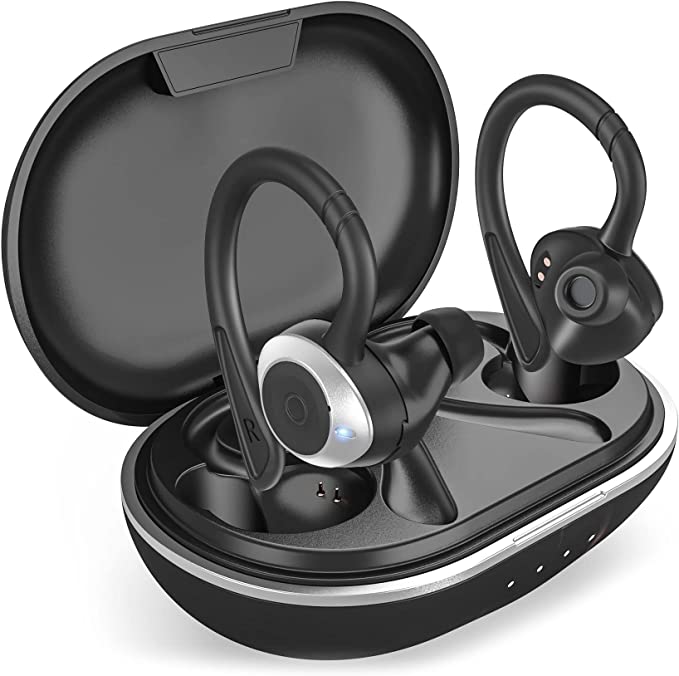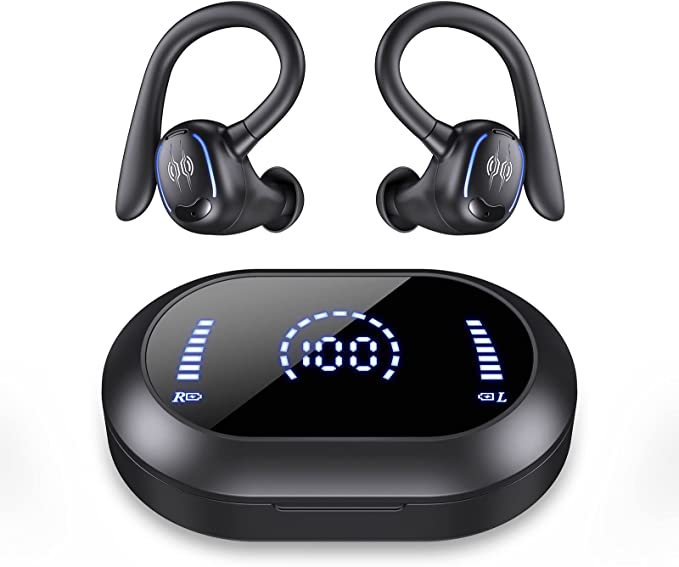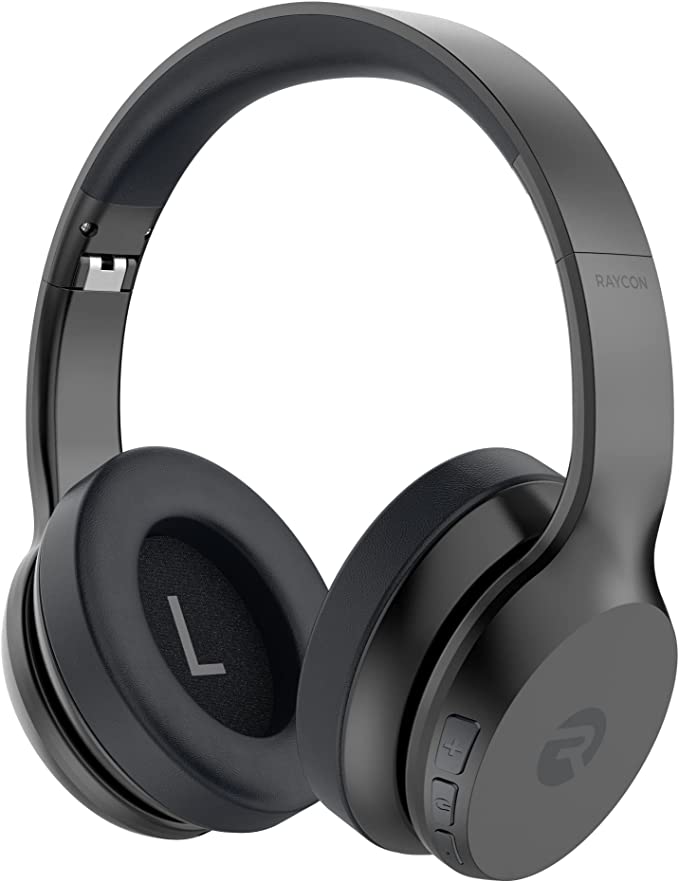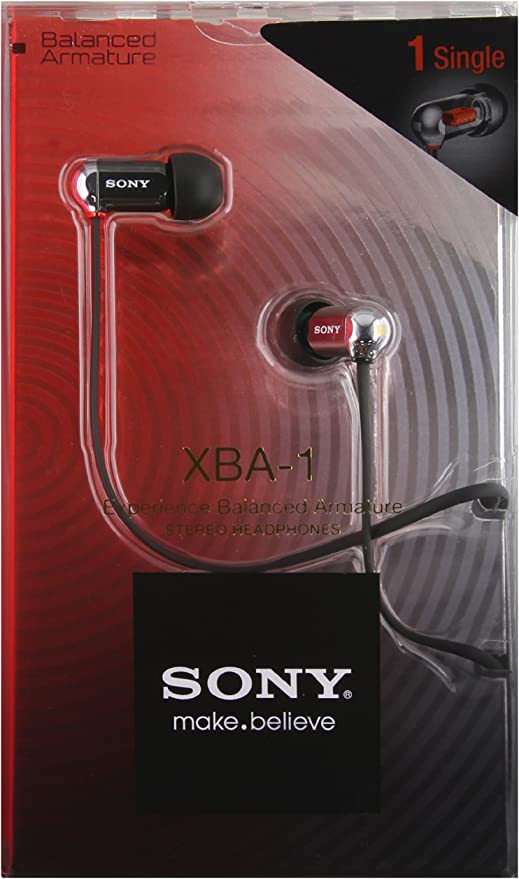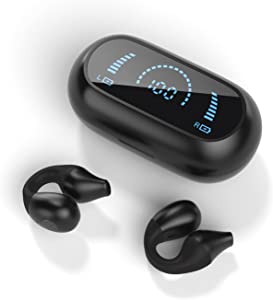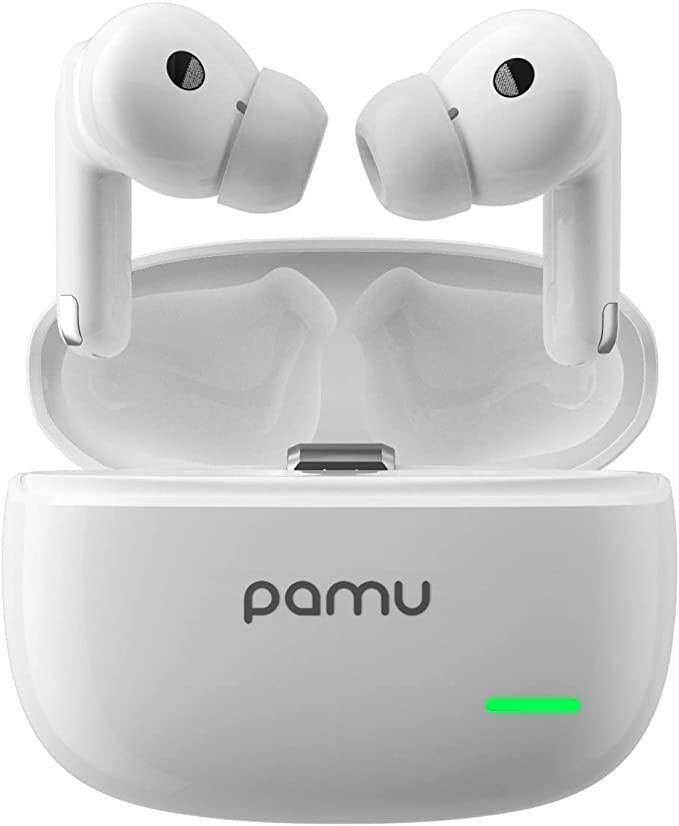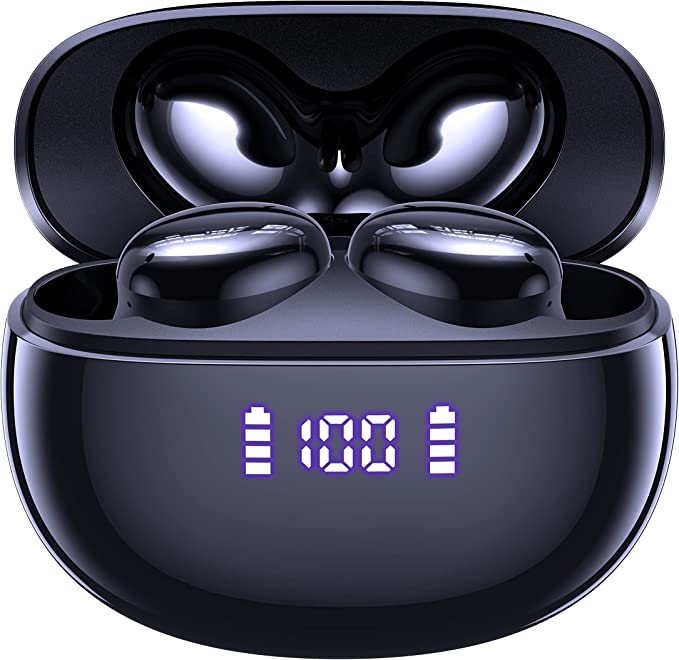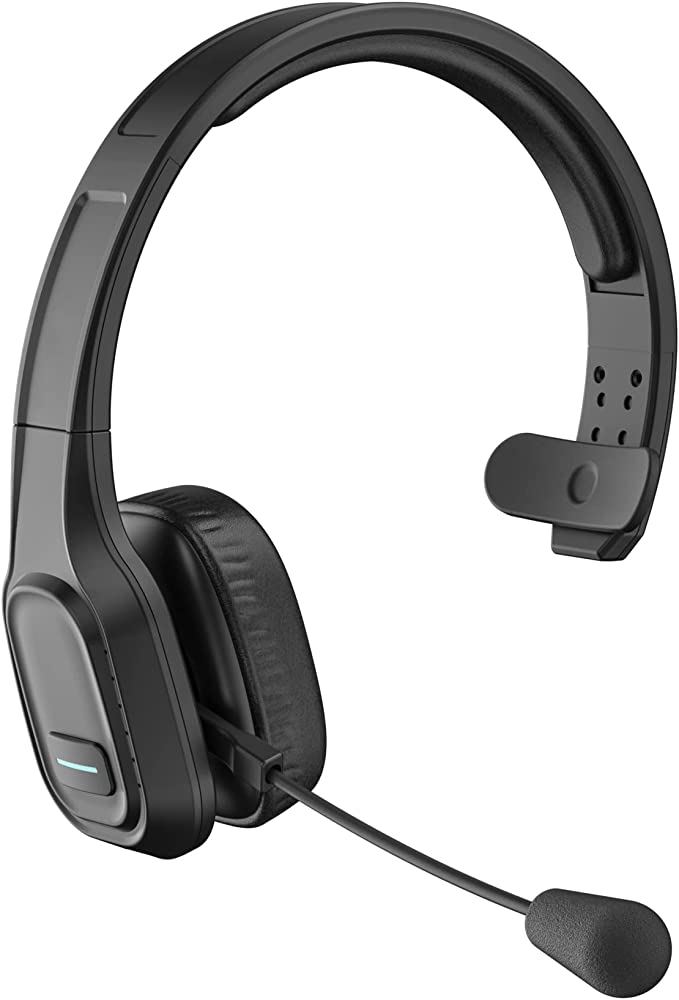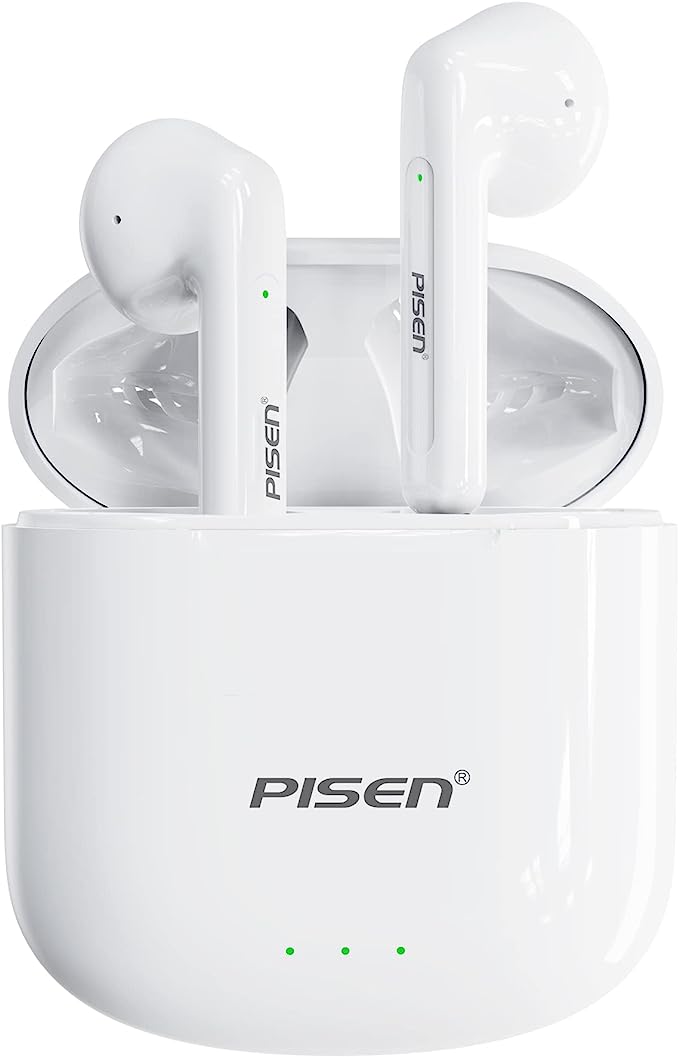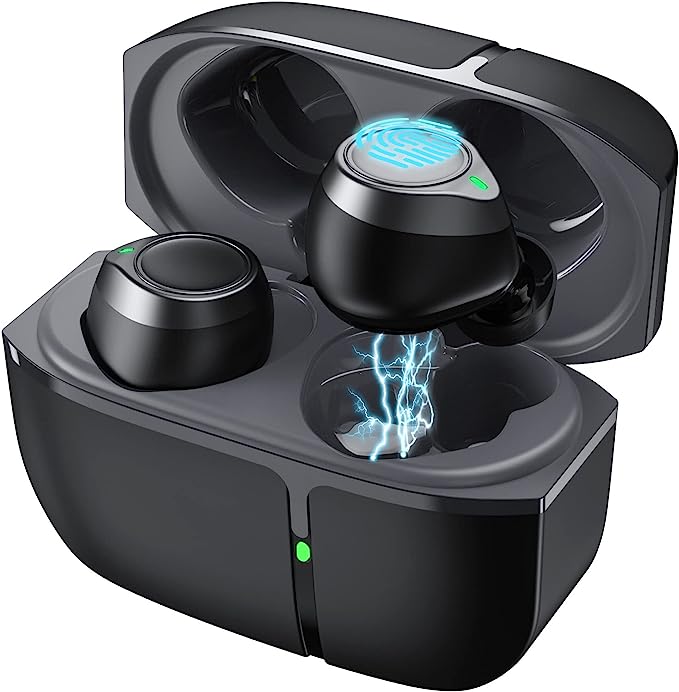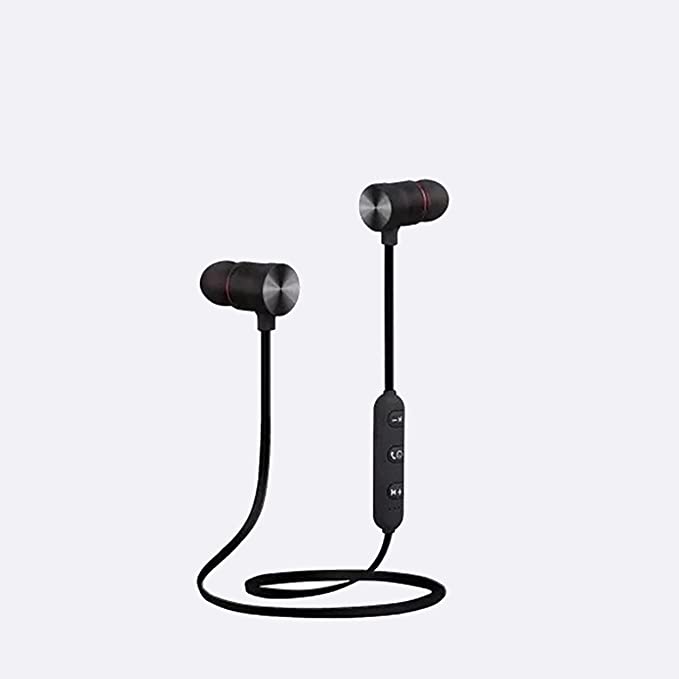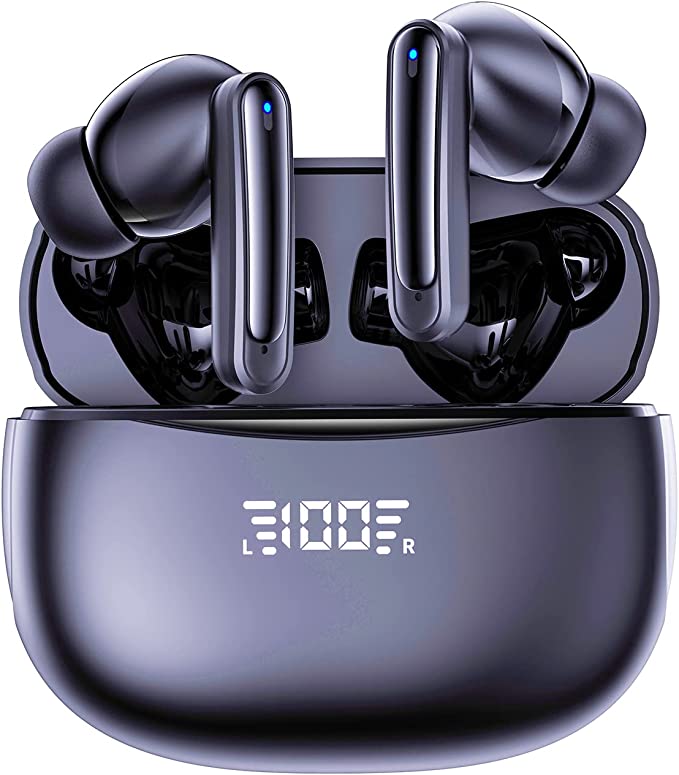SHANLING MTW200 TWS Earbuds: Unleash True Wireless Sound with Extended Battery Life
Update on Feb. 19, 2025, 1:59 p.m.
The Wireless Revolution: From Tangled Wires to True Freedom
Remember the days when listening to music on the go meant battling a tangled mess of headphone wires? We’ve come a long way. The evolution of wireless audio, culminating in the rise of True Wireless Stereo (TWS) earbuds, has been nothing short of revolutionary. No longer are we tethered to our devices; we’re free to move, exercise, and work without the constraints of physical connections. This freedom, however, comes with its own set of technical challenges.

The Challenges of Wireless Sound: Dropouts, Latency, and the Quest for Quality
The convenience of wireless audio is undeniable, but early implementations often suffered from significant drawbacks. Frequent dropouts, noticeable latency (the delay between the audio source and what you hear), poor sound quality due to aggressive compression, and short battery life were common complaints. These issues stemmed from the limitations of early Bluetooth technology, which wasn’t originally designed for high-fidelity audio streaming. Think of it like trying to send a high-resolution image through a slow internet connection – the result is often pixelated and unsatisfying.
Introducing the SHANLING MTW200: Engineering Sound, Delivering Experience
The SHANLING MTW200 TWS earbuds represent a significant step forward in overcoming these challenges. They’re not just about cutting the cord; they’re about delivering a high-quality, reliable audio experience that rivals wired connections. This is achieved through a combination of cutting-edge hardware and sophisticated software, all working together seamlessly.
Bluetooth 5.2: The Foundation of Reliable Connectivity
At the heart of the MTW200’s reliable performance is Bluetooth 5.2, the latest iteration of this ubiquitous wireless technology. Compared to its predecessors, Bluetooth 5.2 offers several key improvements:
- Increased Speed: Bluetooth 5.2 can transmit data at up to 2 Mbps (Megabits per second), twice the speed of Bluetooth 4.2. This extra bandwidth is crucial for transmitting high-quality audio without excessive compression.
- Enhanced Range: While the theoretical range of Bluetooth can be quite high, real-world performance is often affected by obstacles and interference. Bluetooth 5.2 offers improved connection stability and range, reducing the likelihood of dropouts.
- Lower Power Consumption: Bluetooth 5.2 incorporates features like LE Power Control, which dynamically adjusts the power output of the transmitter based on the distance between devices. This significantly reduces power consumption, extending battery life.
These advancements are made possible, in part, by the Qualcomm QCC3040 chip, a system-on-a-chip (SoC) specifically designed for low-power, high-performance audio applications. The QCC3040 isn’t just a Bluetooth receiver; it’s a miniature computer that handles everything from audio decoding to power management, ensuring optimal efficiency and performance. It’s like having a tiny, highly skilled conductor orchestrating all the wireless communication and audio processing.
Decoding Audio: aptX, AAC, and SBC Explained
Transmitting audio wirelessly requires compressing the data to reduce its size. This is where audio codecs come into play. Think of a codec as a language that your phone and earbuds use to communicate. The MTW200 speaks three of these languages fluently: aptX, AAC, and SBC.
-
SBC (Subband Coding): This is the mandatory, universal codec supported by all Bluetooth devices. It’s the “fallback” option, ensuring compatibility but often sacrificing some audio quality in the process. It’s like a basic language that everyone understands, but it might not be the most eloquent.
-
AAC (Advanced Audio Coding): This is the preferred codec for Apple devices. AAC generally offers better sound quality than SBC at similar bitrates. It’s a more efficient and sophisticated language, allowing for more nuanced communication.
-
aptX: Developed by Qualcomm, aptX is designed to deliver higher fidelity audio than both SBC and AAC. It uses a more advanced compression algorithm that preserves more of the original audio detail. Think of it as a highly specialized language optimized for transmitting complex musical information. While often associated with “CD-like quality,” it’s important to remember that aptX is still a lossy codec, meaning some data is discarded during compression. However, it does a significantly better job of preserving the nuances of your music compared to SBC.
Which codec is best for you? It depends on your device. iPhones and iPads typically default to AAC, while many Android devices support aptX. The MTW200 intelligently switches to the best available codec supported by your connected device, ensuring optimal audio quality.

cVc 8.0: Crystal-Clear Calls in a Noisy World
Clear communication is just as important as music quality in today’s world. The MTW200 utilizes Qualcomm’s cVc 8.0 noise cancellation technology to ensure your voice comes through loud and clear, even in noisy environments. But how does it work?
cVc 8.0 employs a combination of techniques:
- Dual Microphones: The MTW200 has two microphones in each earbud. This allows the system to compare the sound received by each microphone and identify the direction of your voice.
- Beamforming: This is a signal processing technique that focuses the microphones’ sensitivity in a specific direction – in this case, towards your mouth. It’s like creating an invisible “cone of silence” around your voice, minimizing the pickup of sounds from other directions.
- Digital Signal Processing (DSP): The QCC3040 chip includes a powerful DSP that analyzes the incoming audio and applies algorithms to suppress background noise, such as wind, traffic, or chatter.
Imagine you’re taking a call on a busy street corner. The cVc 8.0 system intelligently identifies the sounds of traffic, construction, and conversations around you as noise, while focusing on the sound waves emanating from your mouth. The result is a significantly cleaner audio signal transmitted to the person on the other end of the call.
The Sound of Science: 10mm Dynamic Drivers
The drivers in your earbuds are the tiny speakers responsible for converting electrical signals into the sound waves you hear. The MTW200 features 10mm dynamic drivers. “Dynamic” refers to the type of driver, which uses a diaphragm attached to a voice coil that moves within a magnetic field. When an electrical signal passes through the voice coil, it creates a varying magnetic field that interacts with the permanent magnet, causing the diaphragm to vibrate and produce sound.
The “10mm” refers to the diameter of the diaphragm. Generally speaking, larger drivers can move more air, resulting in better bass response and a fuller sound. However, size isn’t everything. The materials used in the diaphragm (often a type of polymer film) and the tuning of the driver also play a crucial role in the overall sound signature.
“Full-Range” means the driver is designed to reproduce the entire audible frequency spectrum, from low bass notes to high treble frequencies. A well-designed full-range driver can deliver a balanced and detailed sound across all frequencies.

Powering Your Music: Battery Life and Charging
Battery life is a critical consideration for TWS earbuds. After all, what good is wireless freedom if your earbuds die halfway through your day? The MTW200 addresses this concern with an impressive battery performance: up to 9 hours of playback on a single charge, and a total of 42 hours with the included charging case.
The charging case, crafted from solid metal, not only protects the earbuds but also provides multiple additional charges. It’s like having a portable power bank specifically designed for your earbuds. The magnetic seats ensure the earbuds connect securely for charging, and LED indicators let you know the battery status at a glance.
Design and Comfort: Beyond the Specs
Technical specifications are important, but they don’t tell the whole story. The MTW200 earbuds are also designed for comfort and durability. Their lightweight design (just 3.9g per earbud) and ergonomic shape ensure a secure and comfortable fit, even during extended use.
The choice of materials also contributes to the overall experience. The metal charging case provides a premium feel and added protection, while the earbuds themselves are designed to withstand the rigors of daily use.

Beyond the Basics: Considerations and the Future
It should be noted that MTW200 does not feature any Active Noise Cancellation.
The future of wireless audio is bright, with ongoing advancements in Bluetooth technology, codec development, and battery efficiency. We can expect to see even lower latency, higher fidelity audio, and more sophisticated features like spatial audio and personalized sound profiles.
Conclusion: A Symphony of Technology
The SHANLING MTW200 TWS earbuds are more than just a convenient way to listen to music wirelessly. They represent a sophisticated integration of multiple technologies, from advanced Bluetooth connectivity and audio codecs to noise cancellation and efficient power management. While they may not boast every single feature available on the market, they offer a well-rounded package that prioritizes sound quality, reliable performance, and long battery life – all essential ingredients for a truly enjoyable wireless listening experience. This isn’t about selling you a product; it’s about understanding the science that makes that product possible.


